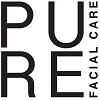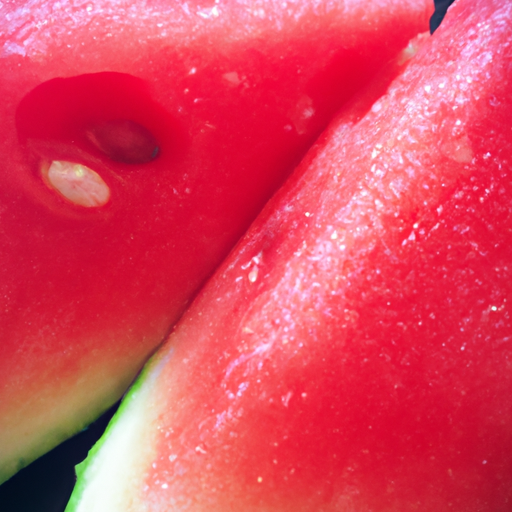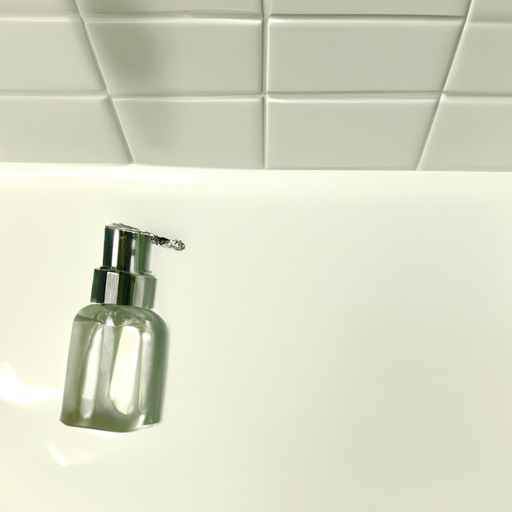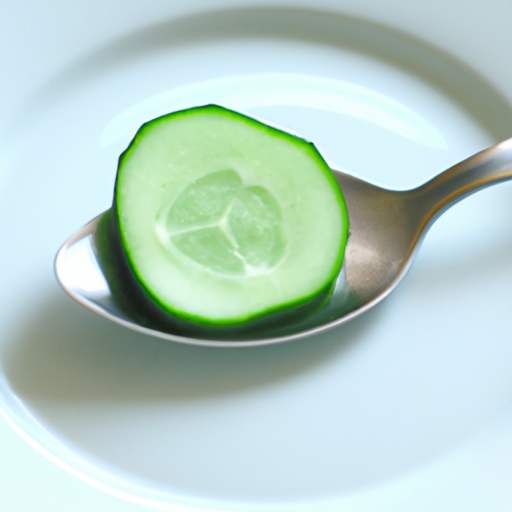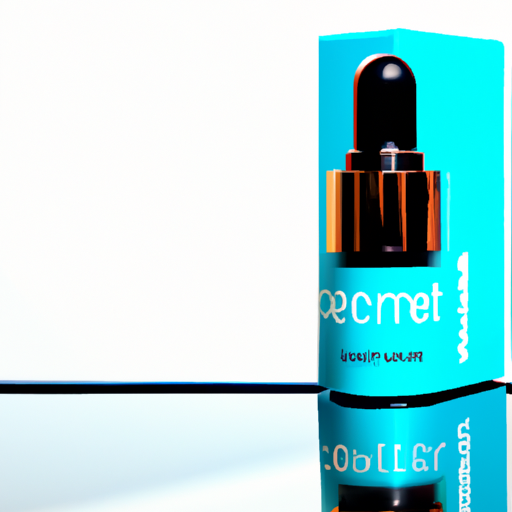Imagine waking up every morning and feeling like you have just dunked your face in a frying pan. With oily skin, it can be a constant battle to keep your face looking fresh and matte. But fear not, because there are various strategies that women employ to combat this common skincare concern. From using gentle cleansers to incorporating oil-absorbing products into their daily routine, women have discovered effective ways to tackle oily skin and achieve a healthy, balanced complexion. So, if you’re tired of feeling like your face could fry an egg, keep reading to discover the secrets of how women deal with oily skin.
Table of Contents
ToggleUnderstanding Oily Skin
Oily skin is a common skin type characterised by excess sebum production. Sebum is an oily substance produced by the sebaceous glands, which are responsible for moisturizing and protecting the skin. While sebum is essential for maintaining healthy skin, excessive oil production can lead to shiny, greasy skin and may contribute to acne breakouts.
What causes oily skin?
Several factors contribute to oily skin. Hormonal changes, especially during puberty, pregnancy, or menopause, can stimulate the sebaceous glands and increase oil production. Genetic predisposition also plays a significant role in determining skin type, including the level of oiliness. Environmental factors such as hot and humid weather, pollution, and heat can also trigger the production of excess oil.
Characteristics of oily skin
Recognising the characteristics of oily skin can help you establish an effective skincare routine. Oily skin typically has a shiny appearance, especially in the T-zone (forehead, nose, and chin). The pores may be visibly enlarged and prone to clogging, leading to blackheads and whiteheads. Individuals with oily skin may experience a greasy texture and often struggle with makeup longevity, as products tend to slide off the skin more easily.
Cleaning and Exfoliating
Maintaining a consistent cleansing and exfoliating routine is crucial for managing oily skin and preventing breakouts.
Choosing the right cleanser
When selecting a cleanser for oily skin, it is essential to opt for oil-free or gel-based formulas specifically designed for oily or combination skin. These cleansers effectively remove excess oil and impurities without stripping the skin of its natural moisture. Look for ingredients like salicylic acid or benzoyl peroxide, which help to control oil production and combat acne-causing bacteria.
Balancing oil production
It may seem counterintuitive, but over-cleansing or using harsh products can actually stimulate the sebaceous glands to produce more oil. To avoid this, aim for a gentle cleansing routine and avoid scrubbing the skin vigorously. Opt for cleansers with a pH-balanced formula that won’t disrupt the skin’s natural protective barrier.
Regular exfoliation
Exfoliating oily skin is essential to remove dead skin cells and unclog pores. Choose a gentle exfoliator with ingredients like alpha-hydroxy acids (AHAs) or beta-hydroxy acids (BHAs) to help promote cell turnover and control oiliness. However, be cautious not to over-exfoliate, as this can cause dryness and irritation.
Toning and moisturising
Toning and moisturising play crucial roles in maintaining healthy skin, even for those with oily skin.
Benefits of toning
Toning is an essential step in any skincare routine, regardless of skin type. For oily skin, toners help to remove any residual impurities, balance the skin’s pH level, and tighten the pores. Additionally, some toners contain ingredients with soothing and anti-inflammatory properties, helping to calm any potential irritation.
Selecting the appropriate toner
When choosing a toner, opt for those specifically formulated for oily or combination skin. Look for toners with ingredients like witch hazel, tea tree oil, or chamomile to help control excess oil and soothe the skin. Alcohol-free toners are preferable, as alcohol can dry out the skin and potentially trigger more oil production.
importance of moisturising
Many individuals with oily skin tend to skip moisturising, fearing that it will make their skin even greasier. However, moisturising is essential for all skin types, including oily skin. Moisturisers help to maintain the skin’s hydration levels and balance oil production. Choose oil-free or gel-based moisturisers that are lightweight and won’t clog pores. Look for non-comedogenic products that are specifically formulated to avoid pore blockage and breakouts.
Using Facial Masks
Facial masks are an excellent addition to any skincare routine for oily skin, providing deep cleansing, oil control, and nourishment.
Purifying clay masks
Clay masks are particularly beneficial for oily skin as they help to absorb excess oil and draw out impurities. Clay, such as bentonite or kaolin, can help unclog and tighten pores, reduce shine, and improve the overall texture of the skin. Apply a clay mask once or twice a week to see visible improvements in oiliness and congestion.
Oil-absorbing sheet masks
Sheet masks infused with ingredients like charcoal or tea tree oil can effectively control oiliness and calm inflamed skin. These masks adhere to the face and create a seal, allowing the active ingredients to penetrate the skin while absorbing excess oil. Use oil-absorbing sheet masks as needed, especially during hot and humid days or when experiencing an oil surge.
Managing Makeup
Choosing the right makeup products and techniques can help control oiliness, maintain a matte finish, and prevent makeup from sliding off the skin.
Choosing oil-free and non-comedogenic products
When selecting makeup products for oily skin, always opt for oil-free formulas that won’t add additional shine or clog pores. Look for products labelled as non-comedogenic, meaning they are designed not to cause pore blockages or acne breakouts. Water-based or gel-based foundations and concealers are excellent choices for oily skin, as they provide coverage without adding extra oil.
Primer for oily skin
Using a primer specifically formulated for oily skin can make a significant difference in makeup longevity and oil control. Primers create a smooth canvas for makeup application, help to fill in pores, and provide a mattifying effect. Look for primers with ingredients like silica or salicylic acid to control oil production and blur the appearance of pores.
Setting powders and sprays
Setting powders and sprays are vital steps in controlling shine and prolonging makeup wear. Apply a lightweight, translucent powder to the areas prone to oiliness, such as the T-zone, to set the foundation and absorb excess oil throughout the day. Setting sprays also help to lock makeup in place and provide a fresh, matte finish. Choose oil-absorbing or mattifying setting sprays for long-lasting results.
Controlling Shine Throughout the Day
Managing shine throughout the day is essential for individuals with oily skin. These simple techniques can help keep excess oil at bay.
Blotting papers
Carrying blotting papers in your bag is a quick and convenient way to control shine on the go. Gently press the blotting paper onto oily areas of the face to absorb excess oil without disturbing your makeup. Blotting papers effectively remove the shine, leaving the skin looking fresh and matte.
Oil-absorbing sheets
Similar to blotting papers, oil-absorbing sheets are designed to remove excess oil quickly. These sheets often have a powder-like texture that not only absorbs oil but also helps to mattify the skin. Use oil-absorbing sheets as needed throughout the day to keep shine under control.
Translucent powders
Translucent powders are a fantastic tool to combat oiliness and maintain a matte complexion. These powders are colourless and work universally on all skin tones. Apply a light dusting of translucent powder to set your makeup and reduce shine. Be cautious not to apply too much powder, as it can lead to a cakey appearance.
Diet and Lifestyle
Apart from a good skincare routine, adopting a healthy lifestyle and diet can contribute to managing oily skin from within.
balanced diet and hydration
Maintaining a balanced diet rich in fruits, vegetables, and whole grains can help improve overall skin health. Foods high in omega-3 fatty acids, such as salmon or walnuts, have anti-inflammatory properties that can help reduce excess oil production. Additionally, drinking an adequate amount of water throughout the day keeps the skin hydrated and helps flush out toxins.
Reducing stress levels
Stress can contribute to increased oil production and exacerbate skin problems. Finding healthy ways to manage stress, such as practicing yoga, meditation, or engaging in hobbies, can have a positive impact on your skin. Take time for self-care and prioritise activities that help you relax and unwind.
Adequate sleep
Getting enough quality sleep is essential for maintaining healthy skin. Lack of sleep can disrupt hormonal balance, leading to increased oil production and skin issues. Aim for at least 7-8 hours of uninterrupted sleep each night to allow your body and skin to rejuvenate.
Natural Remedies
In addition to skincare products, certain natural remedies can help manage oily skin without harsh chemicals.
Tea tree oil
Tea tree oil is known for its antimicrobial and anti-inflammatory properties, making it an effective natural remedy for oily and acne-prone skin. Dilute tea tree oil with a carrier oil, such as jojoba oil, and apply it to the skin using a cotton pad or with clean hands. This can help control oiliness and reduce the appearance of blemishes.
Apple cider vinegar
Apple cider vinegar is a natural astringent that helps balance the pH level of the skin and control excess oil. Mix equal parts of apple cider vinegar and water, and apply the solution to affected areas using a cotton ball. Leave it on for a few minutes before rinsing it off. Be cautious when using apple cider vinegar, as it can cause irritation for some individuals with sensitive skin.
Aloe vera gel
Aloe vera gel is known for its soothing and hydrating properties, making it an excellent natural remedy for oily skin. Apply pure aloe vera gel to the skin and leave it on for 15-20 minutes before rinsing it off. Aloe vera gel can help control oiliness, reduce inflammation, and promote healing.
Consulting a Dermatologist
If, despite following a diligent skincare routine, oily skin issues persist, it may be beneficial to consult a dermatologist.
Medical advice and treatments
A dermatologist can provide professional advice tailored to your specific skin concerns. They may recommend prescription treatments or procedures, such as chemical peels or laser therapy, to target oiliness and acne. Dermatologists can also offer personalised recommendations for skincare products and lifestyle changes to better manage oily skin.
Prescription medications for oily skin
In more severe cases of oily skin, a dermatologist may prescribe topical or oral medications to regulate oil production. These medications may include retinoids, antibiotics, or hormonal treatments to address underlying causes and control excessive oiliness.
Conclusion
Managing oily skin requires a consistent skincare routine and adopting healthy lifestyle habits. By understanding the causes and characteristics of oily skin, choosing the right products, incorporating natural remedies, and seeking professional advice when necessary, you can effectively control oil production and embrace and care for your skin. With dedication and patience, you can achieve a healthy, balanced complexion and enjoy the confidence that comes with it.
